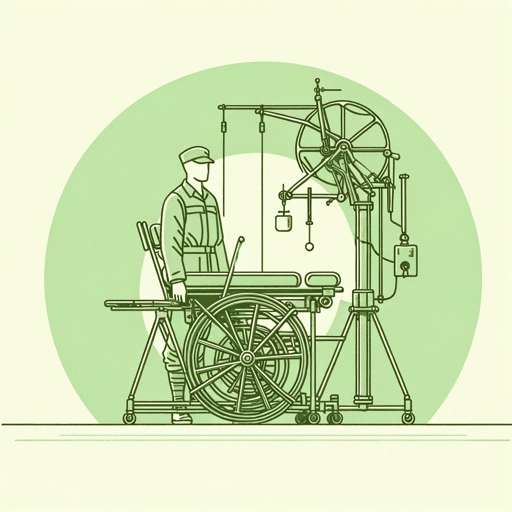27 pages • 54 minutes read
Ernest HemingwayA Very Short Story
Fiction | Short Story | Adult | Published in 1924A modern alternative to SparkNotes and CliffsNotes, SuperSummary offers high-quality Study Guides with detailed chapter summaries and analysis of major themes, characters, and more.
Literary Devices
Free Indirect Discourse
Free indirect discourse is a style of writing that makes a character’s internal thoughts evident by embedding them within the narration, rather than expressing them via dialogue. It was Ernest Hemingway’s preferred style of third-person perspective, allowing him to express a character’s innermost thoughts while still maintaining narrative authority, as those thoughts were mediated by his own narrative perspective. For example, when the soldier is under anesthesia, he is “holding tight on to himself so he would not blab about anything during the silly, talky time” (Paragraph 2). In this way, the reader is privy to the thoughts and anxieties of the soldier, but those thoughts are not expressed through speech. “A Very Short Story” also uses this narrative technique to express the feelings of multiple characters at the same time: “They wanted to get married, but there was not enough time for the banns, and neither of them had birth certificates. They felt as though they were married, but they wanted everyone to know about it” (Paragraph 3). In this passage, the narrator maintains his authoritative perspective, while simultaneously providing insight into both the soldier and Luz’s thoughts and feelings about marriage.
Related Titles
By Ernest Hemingway

A Clean, Well-Lighted Place
Ernest Hemingway

Across the River and into the Trees
Ernest Hemingway

A Day's Wait
Ernest Hemingway

A Farewell to Arms
Ernest Hemingway

A Moveable Feast
Ernest Hemingway

Big Two-Hearted River
Ernest Hemingway

Cat in the Rain
Ernest Hemingway

For Whom the Bell Tolls
Ernest Hemingway

Green Hills of Africa
Ernest Hemingway

Hills Like White Elephants
Ernest Hemingway

In Another Country
Ernest Hemingway

Indian Camp
Ernest Hemingway

In Our Time
Ernest Hemingway

Old Man at the Bridge
Ernest Hemingway

Soldier's Home
Ernest Hemingway

Solider's Home
Ernest Hemingway

Ten Indians
Ernest Hemingway

The Garden of Eden
Ernest Hemingway

The Killers
Ernest Hemingway

The Nick Adams Stories
Ernest Hemingway

